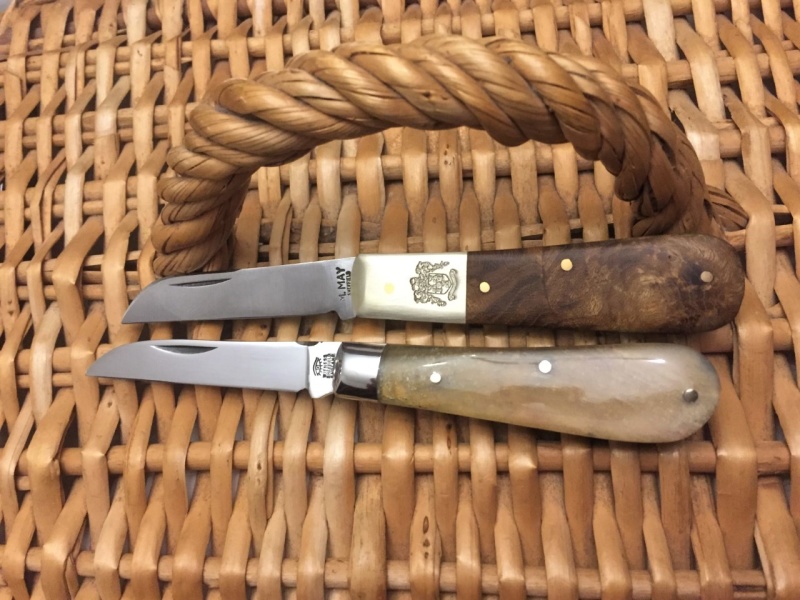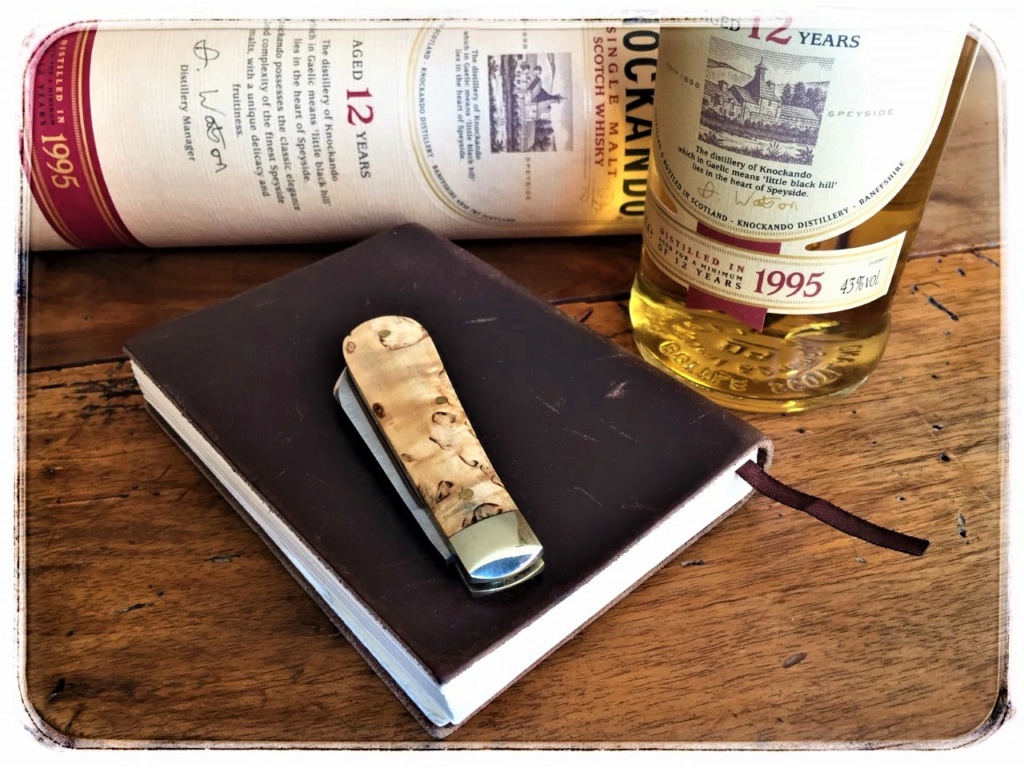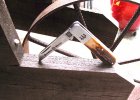- Joined
- Jul 18, 2018
- Messages
- 252
Hi Jack, thanks appreciate that. Also sorry to hear about your buddy.Well done Phil, nice compositionWelcome to the Guardians
I came across one of those CK knives a while back, an odd Lambsfoot, but better than some of the more recent knives they've designated as such

Sorry to hear that Dan, we're not alone here, in fact I had never heard of sleep apnea before I came to The Porch. The fellers here were more useful in terms of diagnosing it than my doctor had beenUnfortunately, I have struggled with my CPAP machine for a while because of a longstanding cough, but I need to get back into using it again
There's no stopping you now Phil!
Who are the makers of the two outer knives?
Thank you very much DylanThat's definitely a Taylor (@tmd_87 ) Beer I reckon!
Nice photo buddy, the grey patina on your Waynorth Lambsfoot blade looks good

Sincere thanks Vince, it's great to see you here pal
Hello my friend, I was thinking of you just yesterday (as I often do), I hope you're keeping wellGreat photo, and an interesting Lambsfoot knife there

Thanks pal, I am glad his missus has been vaccinated too, as she is also a frontline worker
I came across Clanadonia entirely by chance on YouTube. They busk in the streets of the big Scottish towns, so with some luck, maybe we will see them if we ever make it up there togetherI wish I had half their energy

That's pretty cold!I just heard that it was minus 18 in the Scottish town of Sterling last night, but that's unusually cold for here. Lovely photo, and I hope you get an early Spring and warmer days ahead

Same here Leon
Mine too mate!

Same here Dan, I found myself browsing restaurant menus at 3.00amHope you slept through once you eventually dropped off
Classic photo my friend

Good morning Guardians, it's bright and sunny here, with about an inch of snow. Hoping I get a chance to walk round the block at least todayHope everyone is having a good week so far, and that you stay safe and well. I thought I'd go with some Rosewood today
I haven't carried this one in ages, Originally, I'd thought it would be in my pocket a lot, but its Sambar cousin went and monopolised my pocket


The other 2 in the picture- the bottom one is Wingfield & rowbotham, the top one has 'real lamb f.....' on blade but can't make out anything on the tang. Here's a zoom of the bottom one. Cheers, Phil













